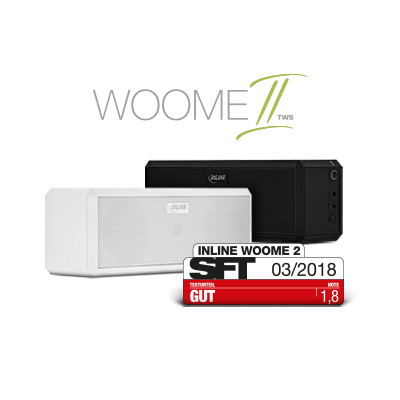Viewed
Wir verwenden Cookies
Wir nutzen Cookies auf unserer Homepage. Einige von ihnen sind notwendig, damit Anwendungen, Dienste und letztendlich die Website einwandfrei funktionieren. Andere helfen uns, diese Homepage und ihre Erfahrung zu verbessern.
Alles aktivieren✓
Notwendig
System Cookies helfen dabei die Webseite benutzerfreundlich zu gestalten. Anwendungen und Dienste dieser Seite funktionieren nicht ohne dieser Cookies.
Analyse
Diese Cookies dienen zur Analyse des Nutzerverhaltens auf der Webseite, um die Nutzererfahrung zu optimieren.
Marketing
Diese Cookies werden verwendet, um dem Nutzer relevante Werbung und personalisierte Angebote anzuzeigen. Dazu folgen Drittanbieter dem Besucher über die Website hinaus.









































